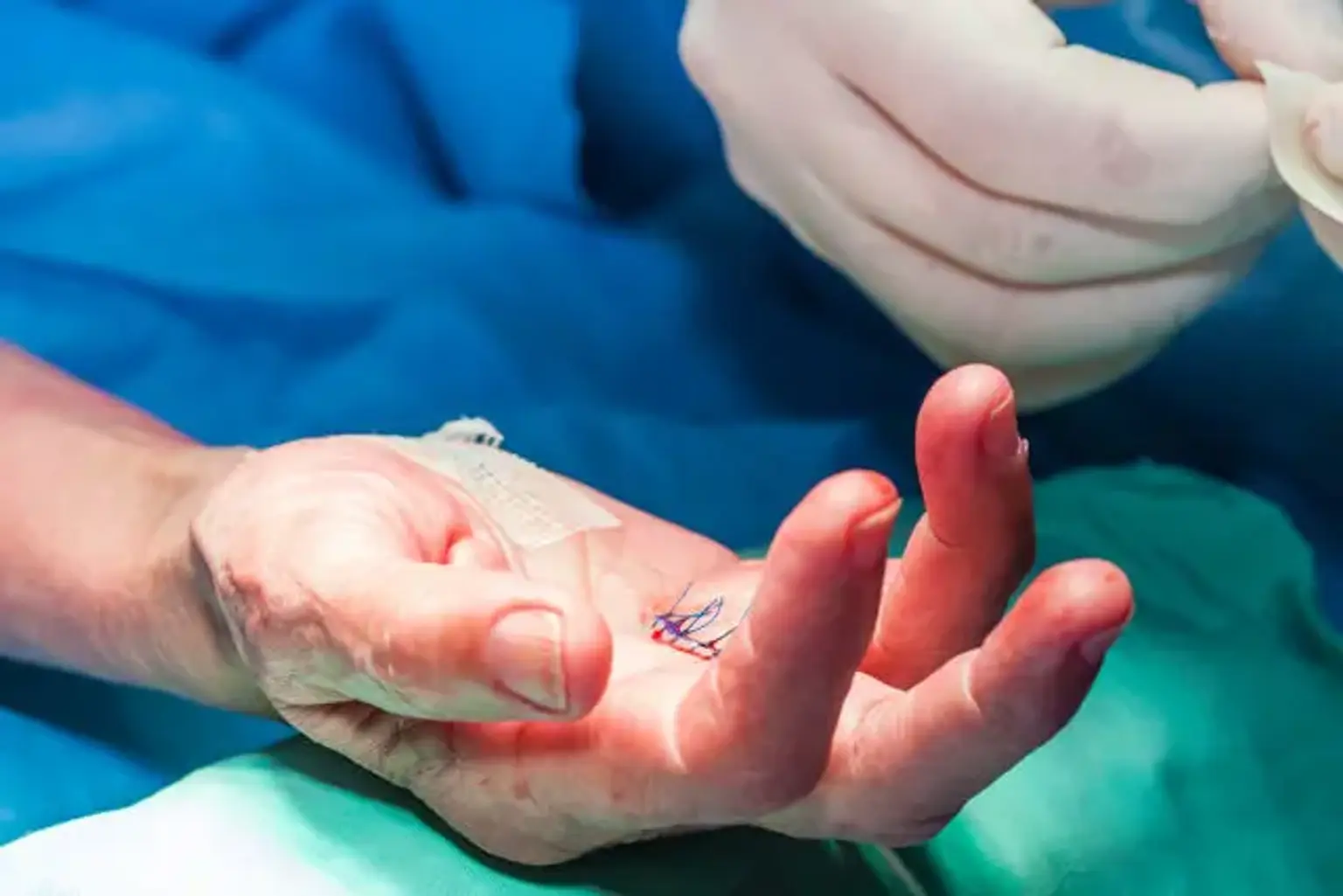Aesthetic hand surgery
Overview
Our hands, like our faces, reflect our age. Our hands lose firmness and plumpness as we age, and with vein protrusion and thin crepe-like skin texture, they might appear skeletal and brittle. The skin on our hands often develops dark spots as a result of sun exposure.
If you have a problem with your hand, surgery may be able to help. This form of highly specialized surgery is used to address illnesses that affect the strength, function, and flexibility of the wrist and fingers. Surgery is to restore to near-normal function the function of fingers and hands that have been harmed by trauma or to address birth defects.
